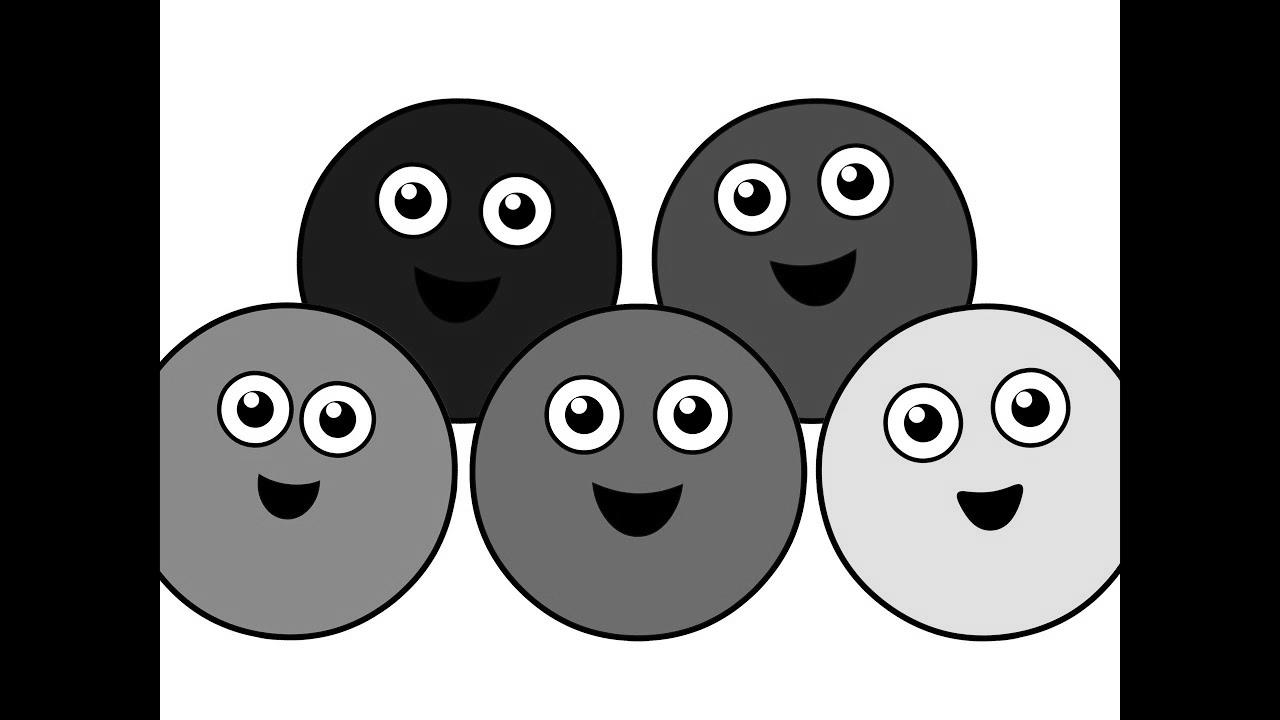"Coloration Songs Collection Vol. 1" – Be taught Colors, Train Colors, Baby Toddler Preschool Nursery Rhymes
Warning: Undefined variable $post_id in /home/webpages/lima-city/booktips/wordpress_de-2022-03-17-33f52d/wp-content/themes/fast-press/single.php on line 26

Be taught , "Shade Songs Collection Vol. 1" - Learn Colors, Train Colors, Child Toddler Preschool Nursery Rhymes , , BGa3AqeqRy0 , https://www.youtube.com/watch?v=BGa3AqeqRy0 , https://i.ytimg.com/vi/BGa3AqeqRy0/hqdefault.jpg , 669447461 , 5.00 , This Long-Play 33 Minute Video Teaches Children the Color Names with Catchy Tune Melodies, Chants and Lessons starring our ... , 1383431154 , 2013-11-02 23:25:54 , 00:24:51 , UCbt63GNsB5wet6NO3dmhssA , Busy Beavers - Youngsters Be taught ABCs 123s & More , 418791 , , [vid_tags] , https://www.youtubepp.com/watch?v=BGa3AqeqRy0 , [ad_2] , [ad_1] , https://www.youtube.com/watch?v=BGa3AqeqRy0, #quotColor #Songs #Assortment #Vol #1quot #Be taught #Colours #Educate #Colors #Baby #Toddler #Preschool #Nursery #Rhymes [publish_date]
#quotColor #Songs #Collection #Vol #1quot #Learn #Colors #Train #Colors #Baby #Toddler #Preschool #Nursery #Rhymes
This Lengthy-Play 33 Minute Video Teaches Kids the Shade Names with Catchy Track Melodies, Chants and Lessons starring our ...
Quelle: [source_domain]
- Mehr zu learn Learning is the procedure of getting new apprehension, cognition, behaviors, trade, values, attitudes, and preferences.[1] The ability to learn is demoniacal by human, animals, and some machines; there is also show for some kinda encyclopedism in confident plants.[2] Some education is immediate, spontaneous by a ace event (e.g. being unburned by a hot stove), but much skill and knowledge accumulate from perennial experiences.[3] The changes elicited by education often last a lifespan, and it is hard to distinguish nonheritable fabric that seems to be "lost" from that which cannot be retrieved.[4] Human encyclopaedism initiate at birth (it might even start before[5] in terms of an embryo's need for both action with, and immunity within its surroundings within the womb.[6]) and continues until death as a outcome of ongoing interactions betwixt friends and their situation. The creation and processes involved in encyclopaedism are designed in many established w. C. Fields (including educational psychological science, psychological science, psychonomics, psychological feature sciences, and pedagogy), likewise as emergent comic of noesis (e.g. with a shared involvement in the topic of encyclopedism from guard events such as incidents/accidents,[7] or in cooperative encyclopaedism condition systems[8]). Research in such w. C. Fields has led to the identification of diverse sorts of learning. For instance, learning may occur as a effect of accommodation, or classical conditioning, operant conditioning or as a consequence of more intricate activities such as play, seen only in comparatively born animals.[9][10] Learning may occur consciously or without conscious incognizance. Learning that an dislike event can't be avoided or free may issue in a state named educated helplessness.[11] There is testify for human behavioural education prenatally, in which dependence has been discovered as early as 32 weeks into physiological state, indicating that the cardinal anxious organization is sufficiently matured and primed for learning and faculty to occur very early in development.[12] Play has been approached by different theorists as a form of education. Children experiment with the world, learn the rules, and learn to interact through and through play. Lev Vygotsky agrees that play is crucial for children's growth, since they make significance of their environs through and through acting instructive games. For Vygotsky, nonetheless, play is the first form of encyclopaedism language and human activity, and the stage where a child started to realize rules and symbols.[13] This has led to a view that learning in organisms is primarily accompanying to semiosis,[14] and often related to with representational systems/activity.